Submitted Review
Banks' Florilegium – Society Islands, 1769
‘…our culture valorises individual effort, but what might be accomplished over time, by many, is possibly more astonishing.’
Botanical art itself has a certain richness, perhaps derived from its singularity of purpose. We know that it exists as a record and that it must be accurate for it to be true to its required function. This particular selection of stunning botanical prints has greater weight than most, for it sits at a near-unique intersection of history, science and art.
The images are of plants found in Banks’ Florilegium, are sumptuous illustrations of botanical specimens collected by Joseph Banks when he accompanied James Cook on one of histories’ most well-known expeditions, the voyage to the South Pacific and New Holland in 1768. Banks’ botanical work was intensive: specimens were intended to be recorded as images by two artists, but one of them, Alexander Buchan, died of an epileptic seizure early in the voyage, leaving the weight of the task to Sydney Parkinson. Parkinson too was to die of dysentery on the voyage home in 1771, but he finished much of his task. Banks had his illustrations, and set about converting them to engravings once he returned to England. This lengthy and expensive process resulted eventually in 738 copper plates, which Banks himself never had the resources to print. His Florilegium existed unrealised when Banks died in 1820, leaving the plates, alongside his library and herbarium, to the British Museum.
It was not until 1973 when a black and white quality test of the plates was undertaken, and a full printing project did not begin until the following decade. This process; printing and hand colouring each individual impression, took Master Printer Edward Egerton-Williams and his team of 20 -22 printers ten years. The edition was one hundred volumes, and due to the intense effort required to make this first edition, another imprint seem very unlikely.
This exhibition has broad appeal: you don’t have to be someone with a particular academic or professional background to appreciate how aesthetically powerful these images of plants are in and of themselves. The beauty is astonishing, in fact: there’s something about the skill and composition involved with these images that makes them deeply alluring. The way each botanical specimen floats, centred in the negative space of the lush paper, draws the eye into the laboured detail of the plant it depicts. Curator Leisha Owen has wisely included the process of making the work in the exhibition itself, making the show into a statement about collective endeavour: our culture valorises individual effort, but what might be accomplished over time, by many, is possibly more astonishing. The revelation of process here makes the work more precious than it first appears, but it also enhances how gifted Sydney Parkinson was to begin with. When underlined by the reality of the story, and the process involved in creating the volumes of Banks’ Florilegium – there’s something quietly breathtaking to be found at The Allport.
AH
Andrew Harper
Photography: Due to tech issues images supplied by Allport Library and Museum of Fine Arts.
Curated by Leisha Owen. Location and opening hours.
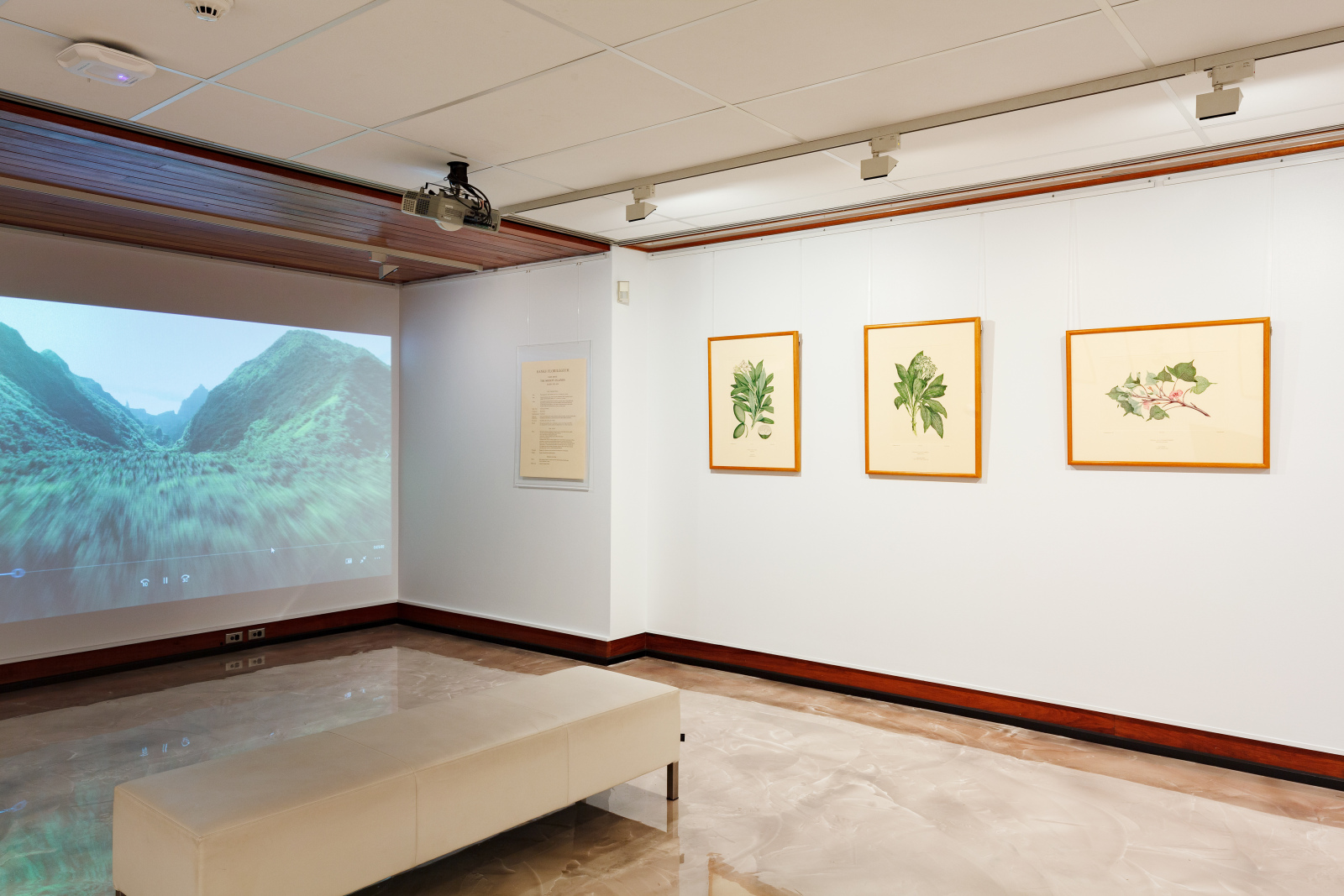
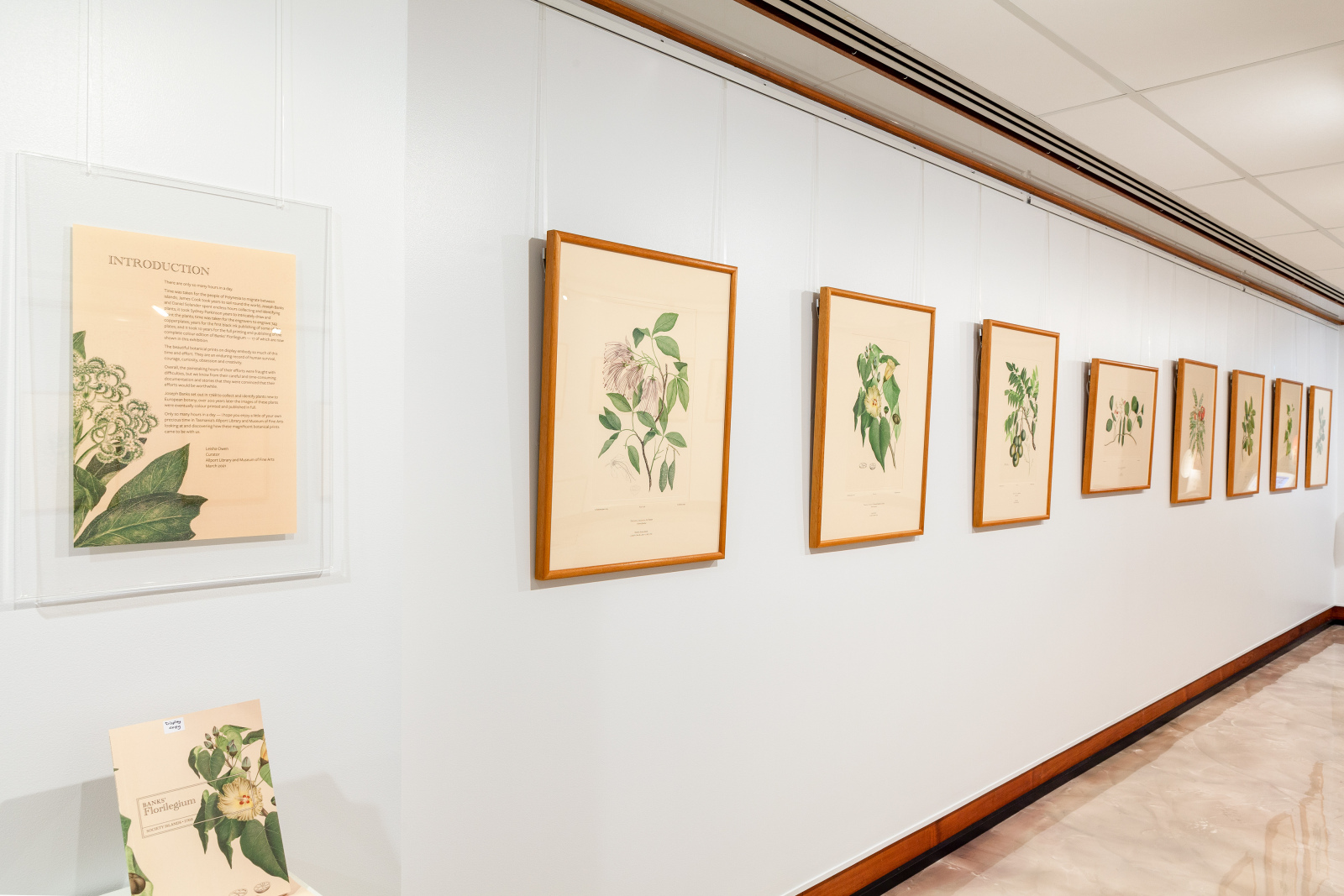
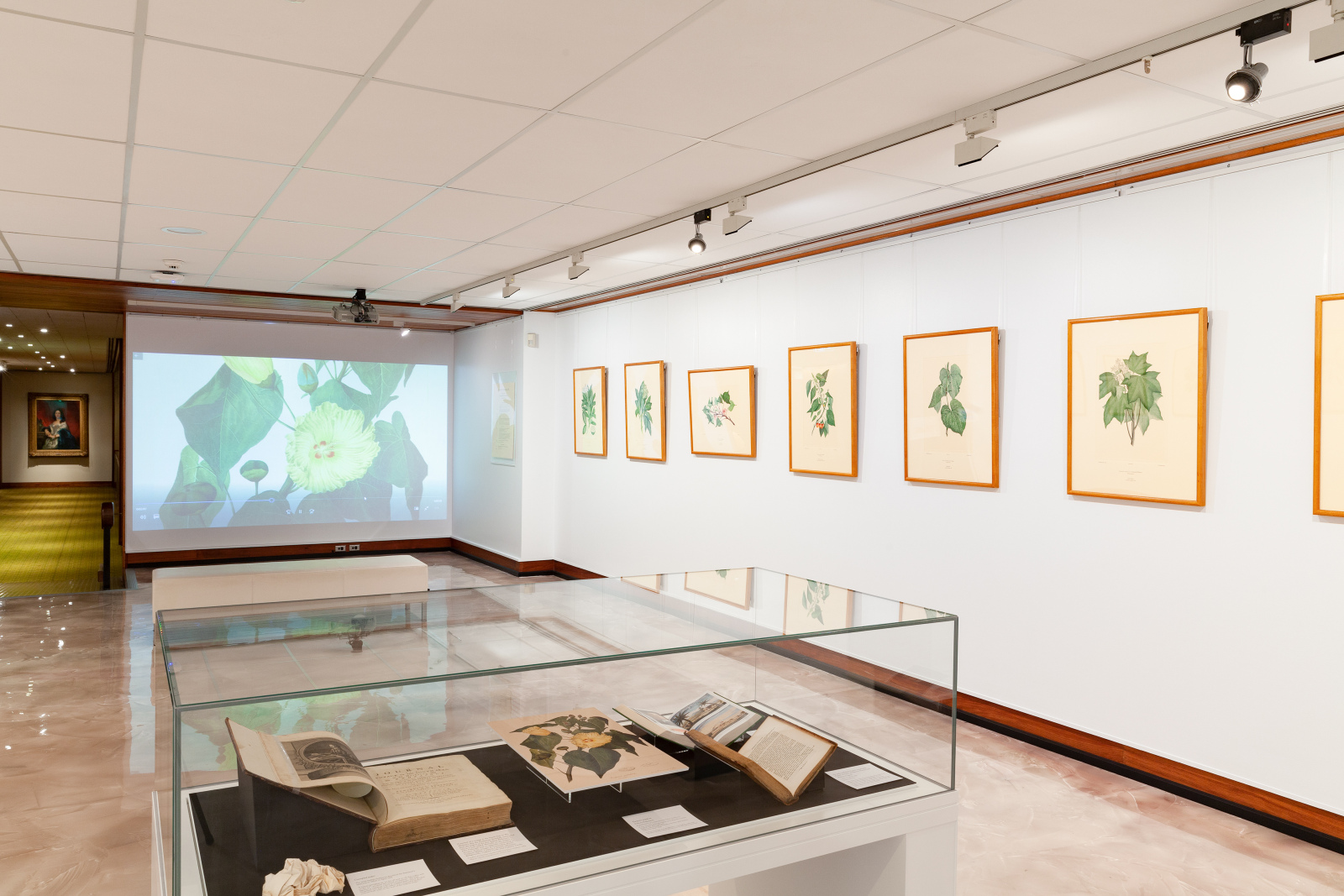
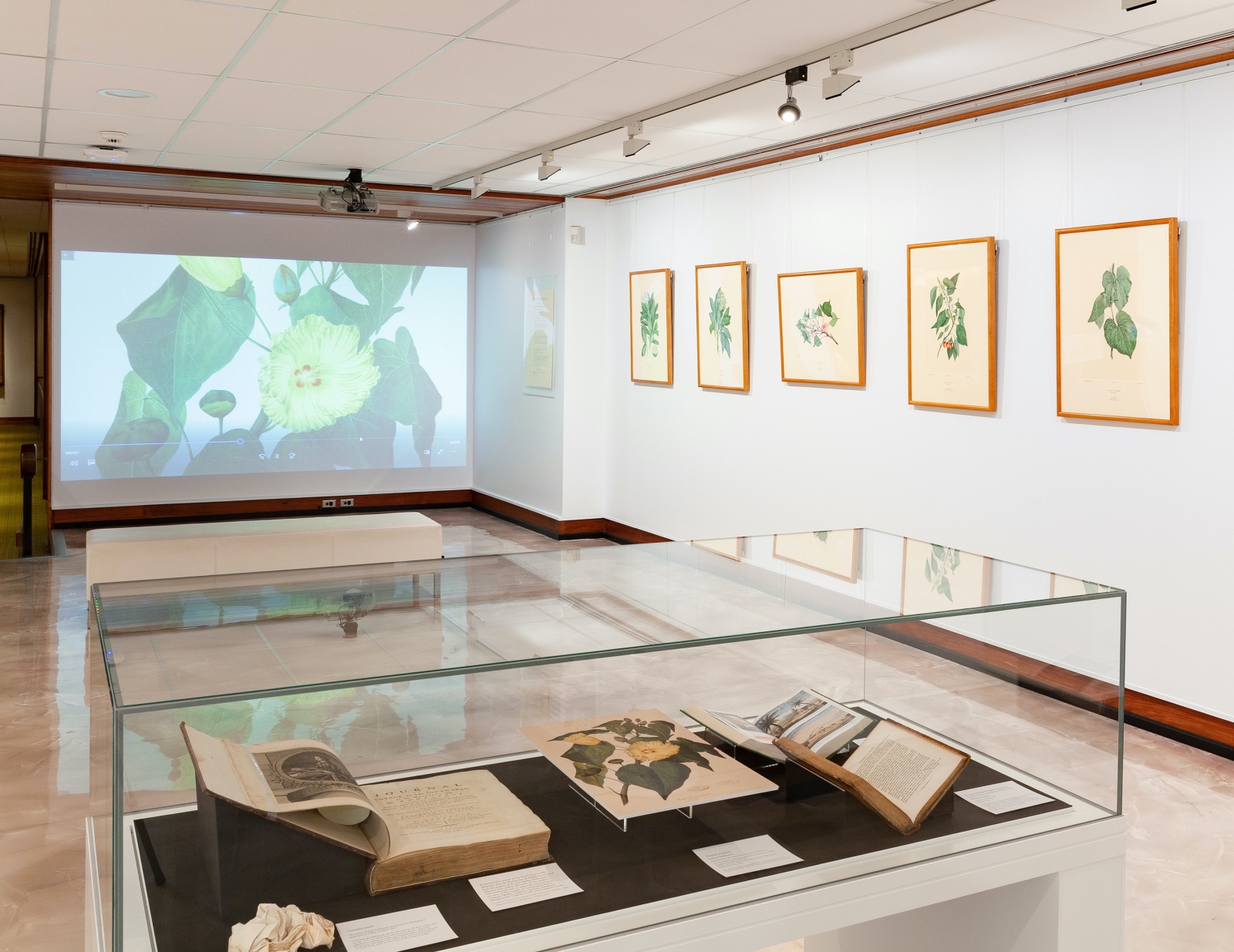
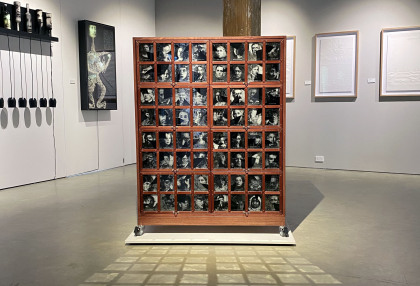
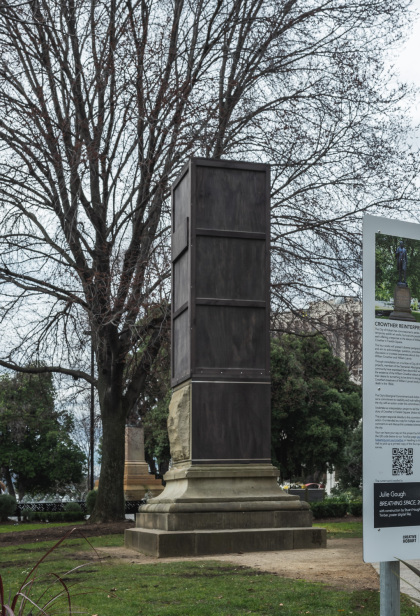
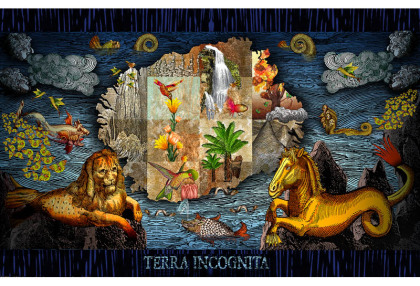
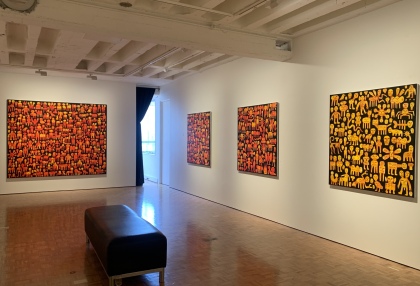
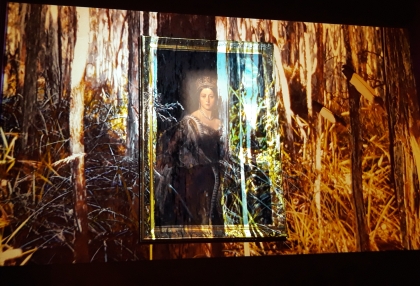
No Comments